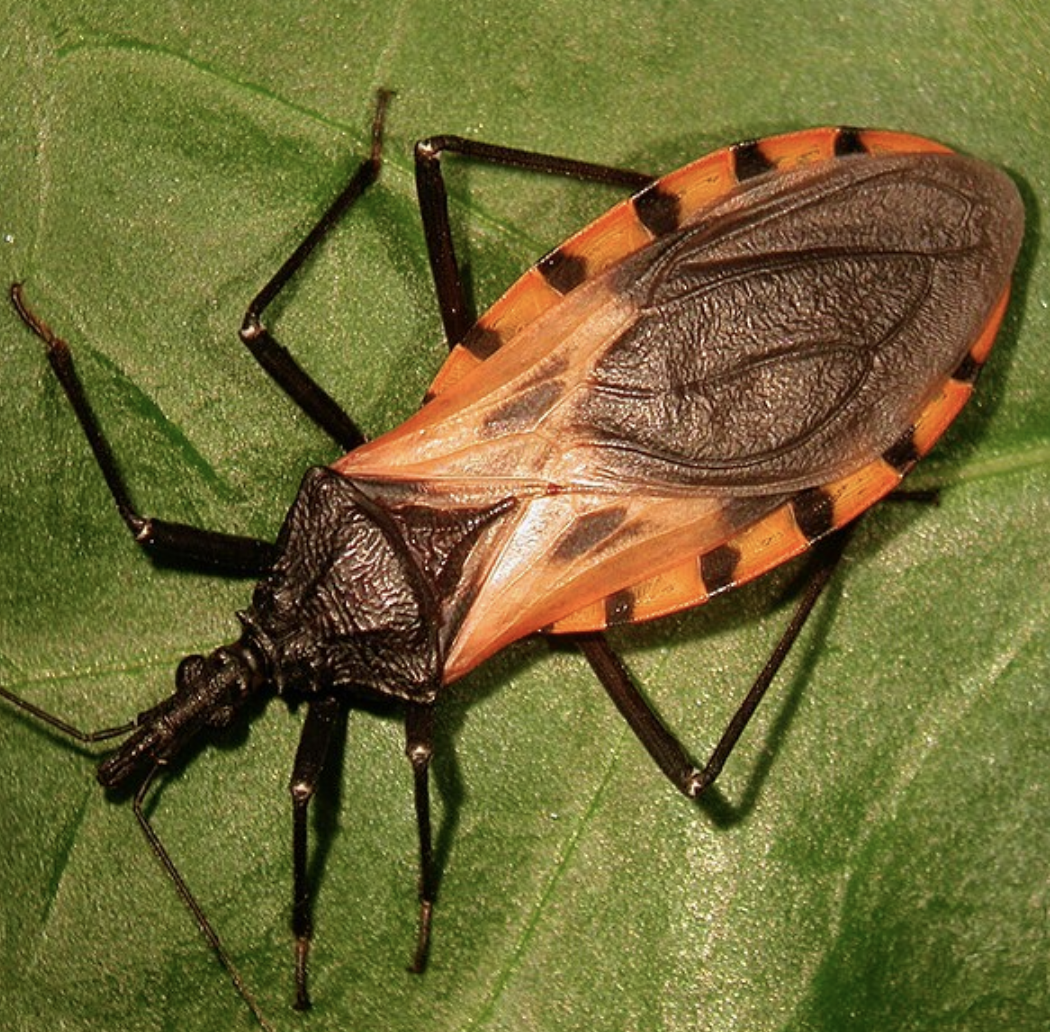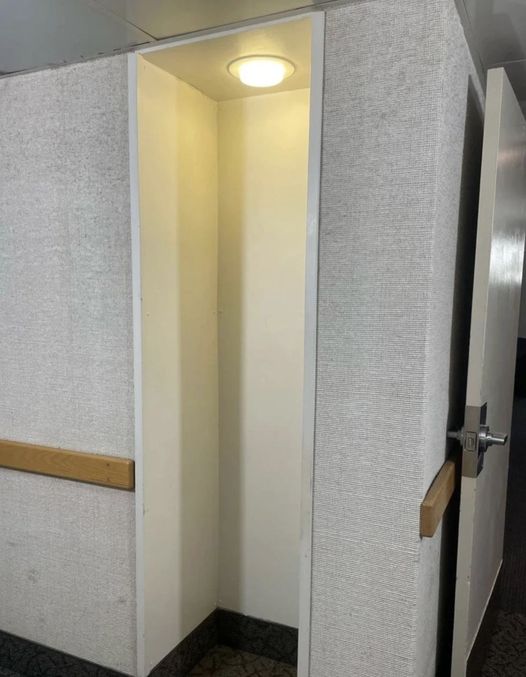As children, we often heard stories about monsters that lurk in the darkness. For some people, this childhood fear becomes a reality when they encounter a silent killer known as Chagas disease. This disease is spread by nocturnal bugs that emerge at night and infect up to 8 million people each year, causing the death of 12,000 individuals annually.
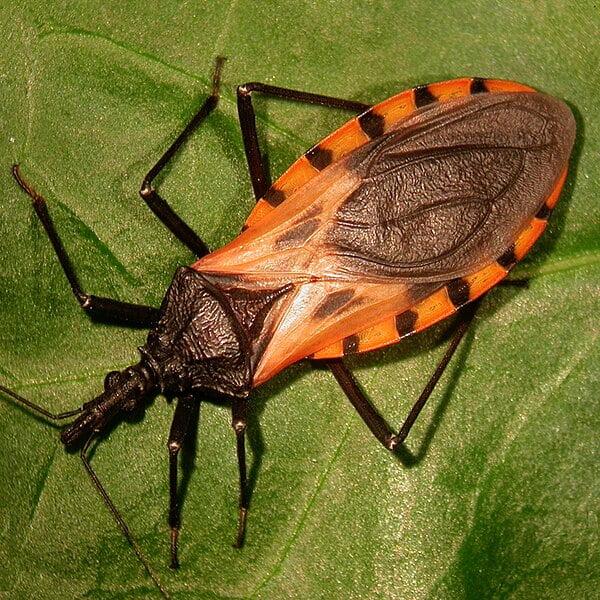
Emiliana Rodriguez, a 42-year-old woman from Bolivia, knows the terror of Chagas all too well. She vividly remembers a friend collapsing on the soccer pitch during a nighttime game. This event instilled a deep fear of the night and the unseen threat of Chagas, the “monster” that only reveals itself when darkness falls.
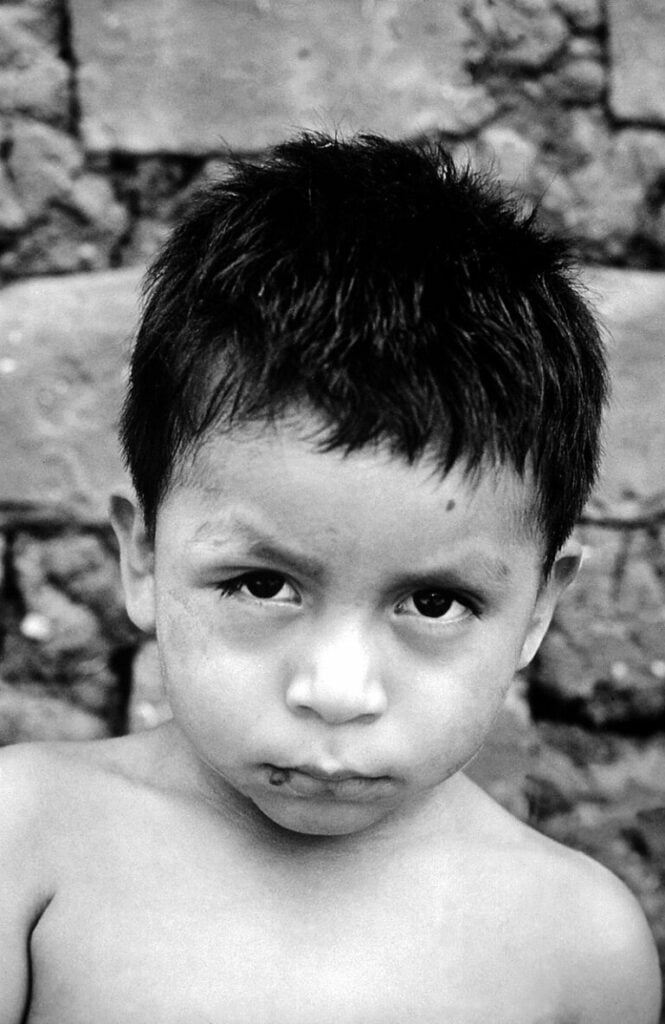
Rodriguez eventually moved to Barcelona to escape the clutches of Chagas, but the fear remained. “The terror usually struck at night,” she shares. Sleep was elusive as she worried about not waking up. Her fears intensified when she discovered she was a carrier of Chagas while pregnant with her first child. Images of sudden deaths raced through her mind, and she worried about her baby’s future.
Fortunately, Rodriguez underwent treatment to prevent the transmission of the parasite to her newborn. After her daughter’s birth, Rodriguez tested negative for Chagas. Her story is a testament to the importance of early detection and intervention.
In Mexico, another woman named Elvira Idalia Hernández Cuevas had never heard of Chagas until her daughter, Idalia, was diagnosed with the disease. Idalia, 18 years old at the time, discovered her condition while donating blood. The diagnosis plunged Idalia’s family into a state of shock and confusion. Like many others, they had no prior knowledge of Chagas and didn’t know where to seek help.
Chagas disease, named after the Brazilian physician and researcher Carlos Ribeiro Justiniano Chagas, can be found in various parts of the world, including Latin America, North America, Europe, Japan, and Australia.
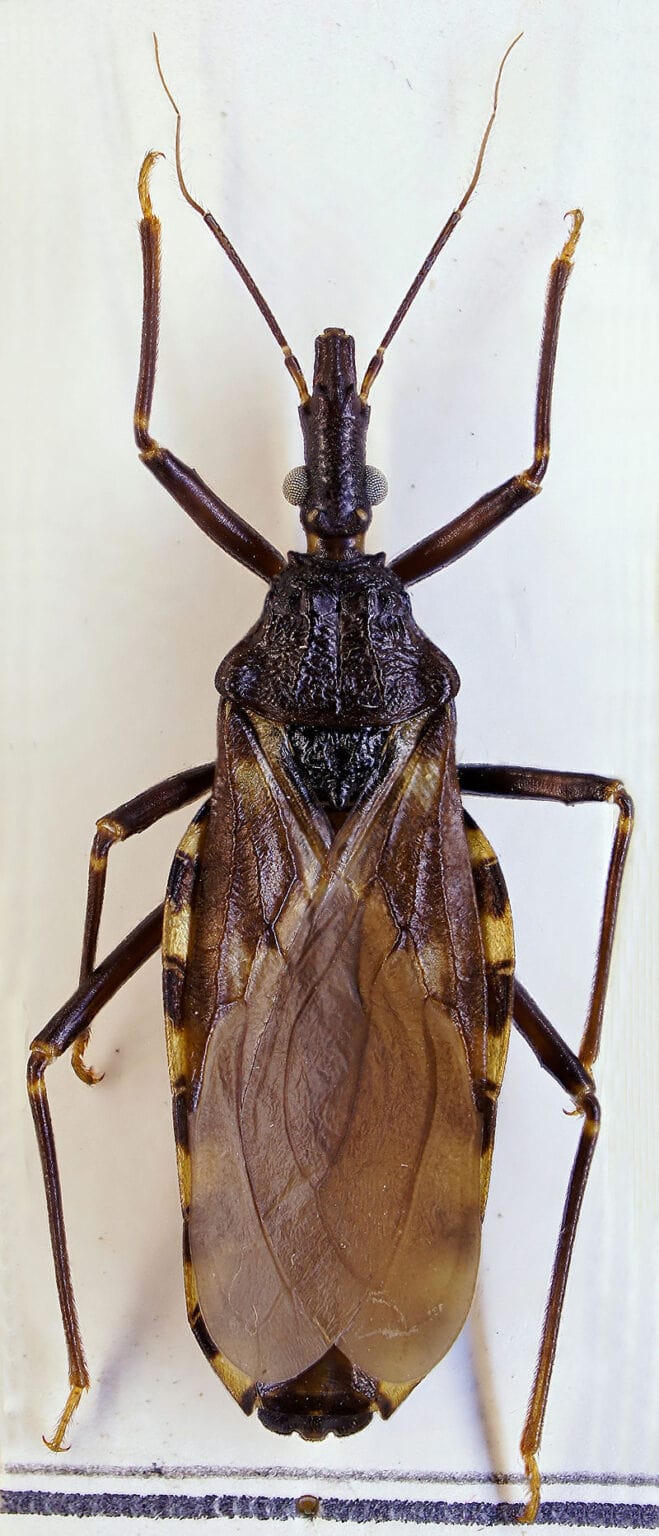
The insects responsible for transmitting Chagas, commonly known as kissing or vampire bugs, are generally found in the walls of low-income houses in rural or suburban areas. They become active at night when people are asleep. The bugs bite their victims and defecate on their skin, transmitting the parasite that causes Chagas. Scratching the bite or accidentally introducing the feces into the eyes or mouth can lead to infection.
According to the World Health Organization (WHO) and the Centers for Disease Control and Prevention (CDC), approximately 6 to 7 million people worldwide have Chagas, with the majority unaware of their condition. If left untreated, the disease can be fatal. In fact, Chagas claims the lives of more people in Latin America than any other parasite disease, surpassing even malaria.
While Chagas is considered endemic in certain regions of the United States, affecting around 300,000 people, the bugs responsible for transmitting the disease are not widespread. However, the CDC warns that 20 to 30% of infected individuals may develop cardiac or gastrointestinal complications later in life, leading to severe discomfort or even death.
Tragically, many affected individuals, like Hernández and her daughter, struggle to find a proper diagnosis and treatment. Medical professionals often lack awareness and training regarding Chagas disease, resulting in misdiagnosis or confusion with other heart conditions.
Chagas disease falls into the category of neglected tropical diseases, meaning it receives little attention in global health policies. This lack of recognition contributes to the challenges in treating and preventing the disease. Additionally, the asymptomatic nature of the initial infection makes early detection even more difficult.
Efforts to combat Chagas are underway, with Professor David Moore leading the charge. He established the Chagas Hub in the UK with the goal of increasing testing, treatment, and transmission management. However, progress remains slow, and the WHO’s aim of eliminating Chagas by 2030 seems unlikely without significant advancements in treatment options.
While medications like benznidazole and nifurtimox exist to treat Chagas, they have limitations. They can be toxic, come with unpleasant side effects, and may not effectively prevent or slow down disease progression in adults. More research is desperately needed, but pharmaceutical companies currently lack financial incentive to invest in developing new treatments.
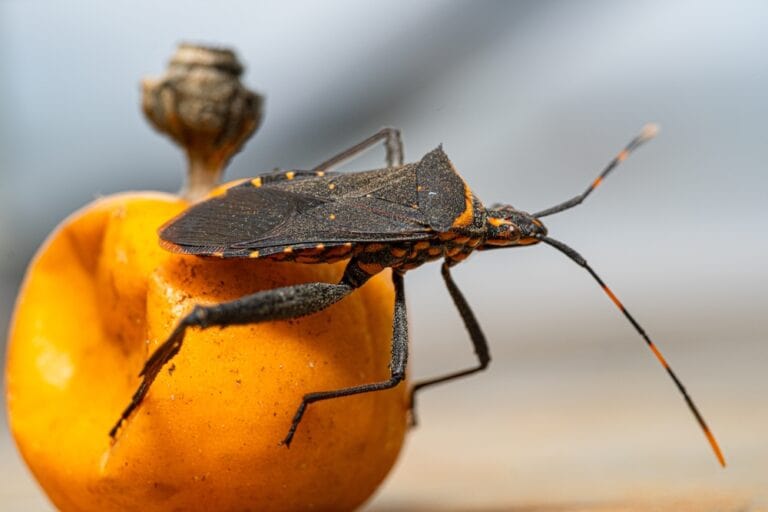
Emiliana Rodriguez is now in Spain, fighting against the “monster” by raising awareness about Chagas disease through the Barcelona Institute for Global Health’s campaign. She is tired of the silence and wants people to talk about Chagas, get tested, and seek treatment.
The World Health Organization has declared April 14 as World Chagas Disease Day, coinciding with the day of Carlos Chagas’ groundbreaking discovery. The WHO aims to prevent, control, eliminate, and eradicate various diseases, including Chagas, by setting global targets for 2030.
It is alarming to think that these silent killers reside within the walls of our homes, much like the monsters of our childhood nightmares. It is our hope that awareness about Chagas disease spreads, prompting action and support to eradicate this quiet but deadly illness.
